THE 131st BIRTH ANNIVERSARY
In 2021, the people in Vietnam and many other countries celebrated the 131st anniversary of the birth of President Ho Chi Minh (May 19, 1890) and reflected on his legacy.
In 1987, UNESCO adopted a resolution which recognized Ho Chi Minh as a “Vietnamese hero of national liberation and great man of culture”, “an outstanding symbol of national affirmation, devoted his whole life to the national liberation of the Vietnamese people, contributing to the common struggle of peoples for peace, national independence, democracy and social progress”, and that “the important and many-sided contribution of President Ho Chi Minh in the field of culture, education and the arts crystallizes the cultural tradition of the Vietnamese people which stretches back several thousand years, and that his ideals embody the aspirations of peoples in the affirmation of their cultural identity and the promotion of mutual understanding.” (Source: UNESCO, 1987, p. 134-135)
HO CHI MINH’S LIFE AND WORK
Ho Chi Minh’s life and work is presented in four sections below: Before 1930 (when the Vietnamese Communist Party was established), 1930 – 1945 (when Vietnam gained independence from France and Japan), 1945 – 1954 (when Vietnam defeated France for the second time), and 1954 – 1969.
Before 1930
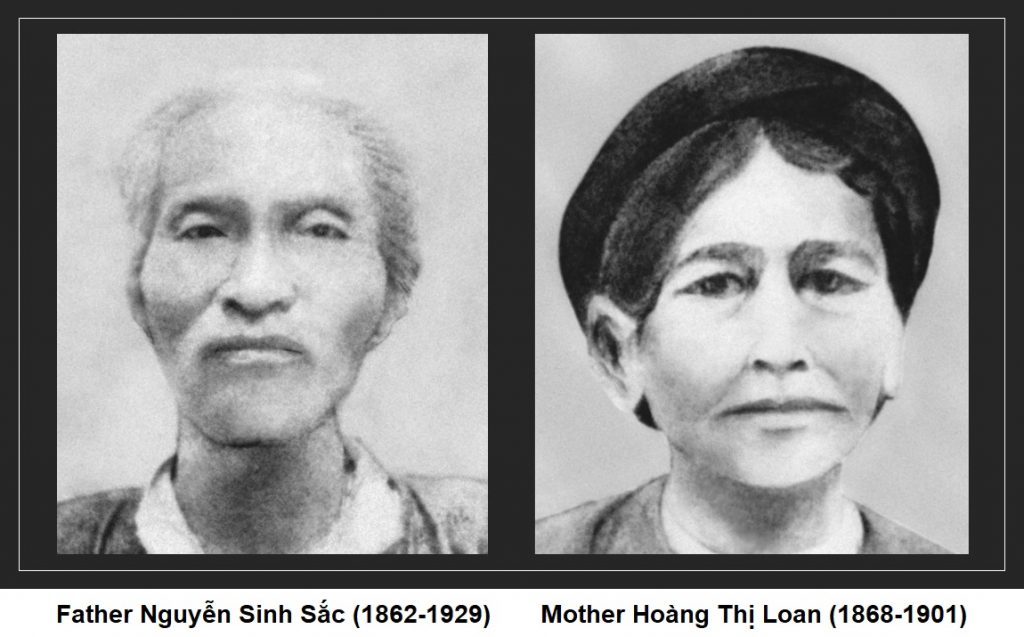
Ho Chi Minh was born Nguyễn Sinh Cung on May 19, 1890 in Kim Lien commune, known for beautiful lotus flowers, in Nghe An province (290 kilometres south of Ha Noi). His second name, as a Vietnamese tradition, is Nguyễn Tất Thành (“Nguyen Who Will Succeed”). He used the name Nguyễn Ái Quốc (Nguyen the Patriot) while overseas. He had a sister Nguyễn Thị Thanh (1884-1954) and a brother Nguyễn Sinh Khiêm (1888-1950). Visit virtual site Kim Lien. Photo: Báo Mới
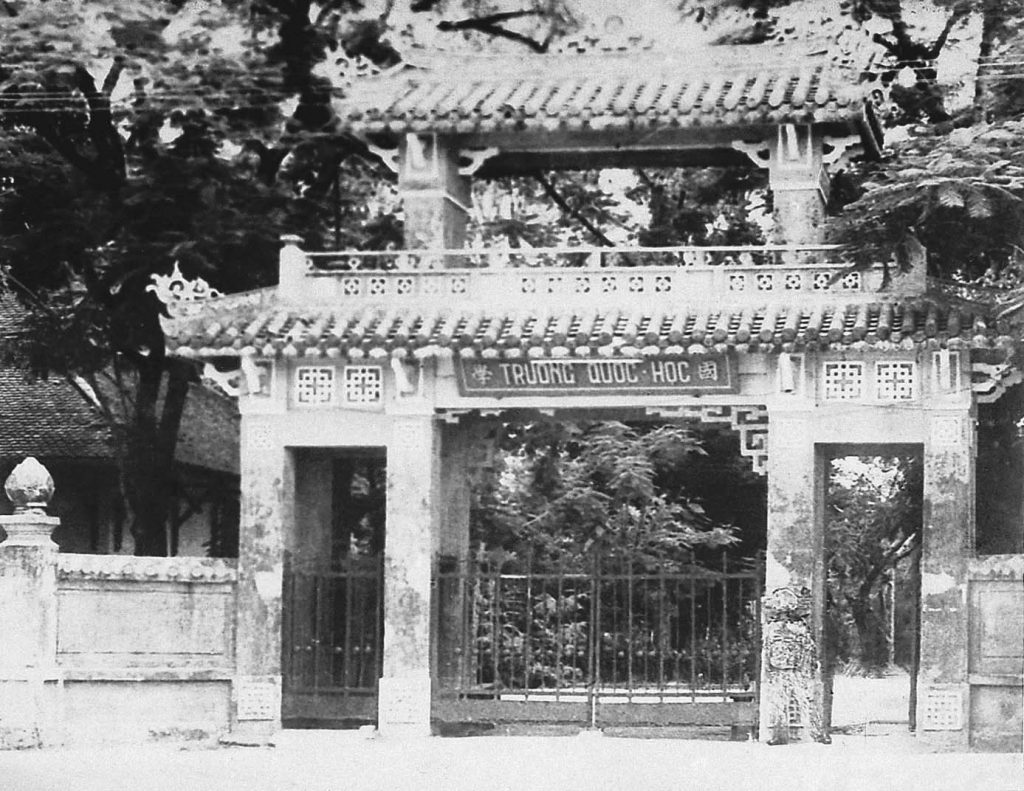
Nguyễn Tất Thành (Ho Chi Minh) studied at Quốc Học (National Academy) in Hue City, 1907-1908. Photo: Báo Mới
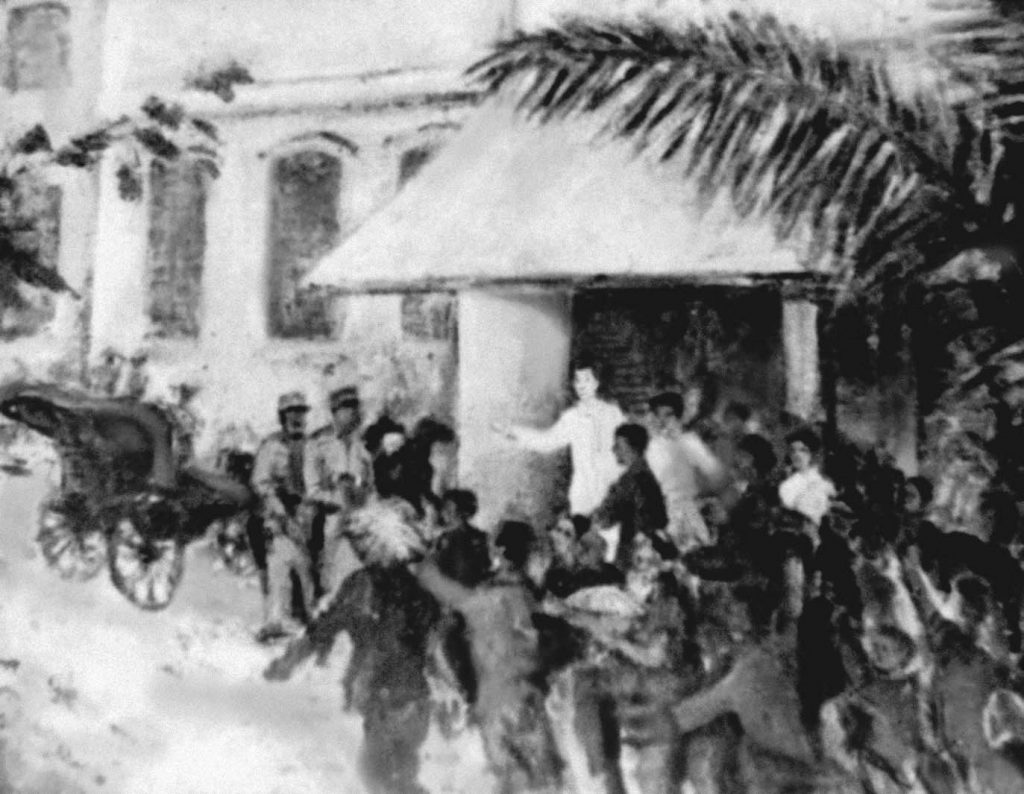
Nguyễn Tất Thành (Ho Chi Minh) began participating and organizing protests against heavy taxes imposed by the French colonial and imperial authorities in 1908. Photo: Báo Mới
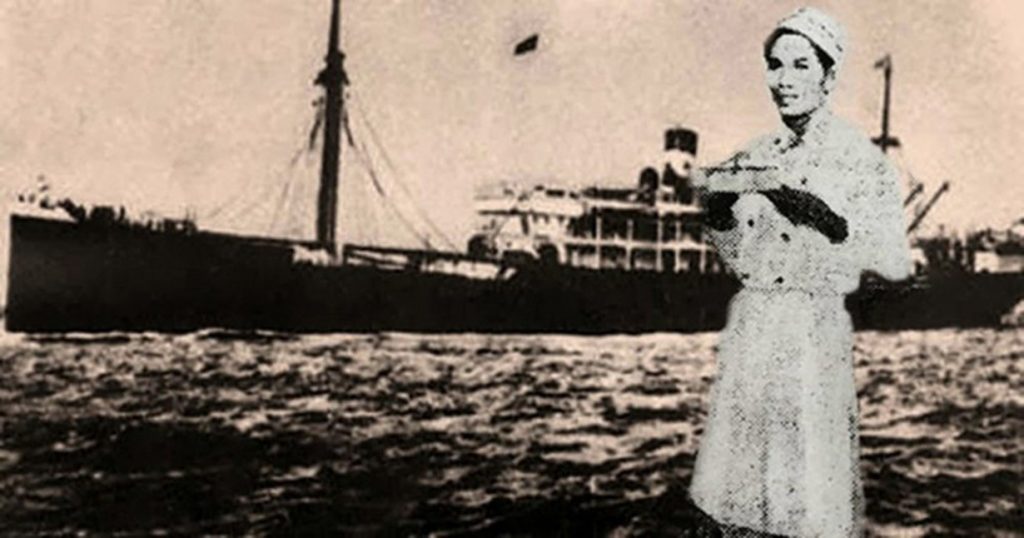
In 1911, Nguyễn Văn Ba (Ho Chi Minh) left Vietnam from the Dragon House Wharf (Bến Nhà Rồng) in Saigon as a cook on a French ship bound for Marseille, France. Visit virtual site Dragon House Wharf. Photo: Báo Mới

Ho Chi Minh worked as a baker at the Parker House Hotel in Boston in 1912-1913. Photo: Media Commons
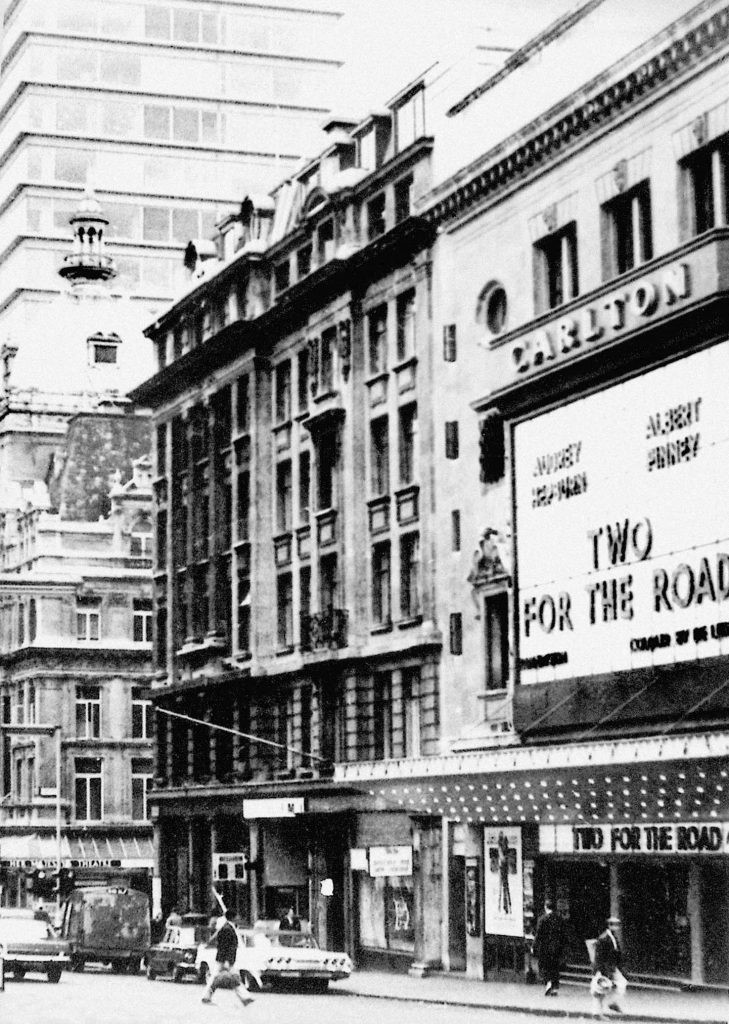
Ho Chi Minh worked as a pastry chef at the Carlton Hotel in London in 1914-1917.
Photo: Media Commons
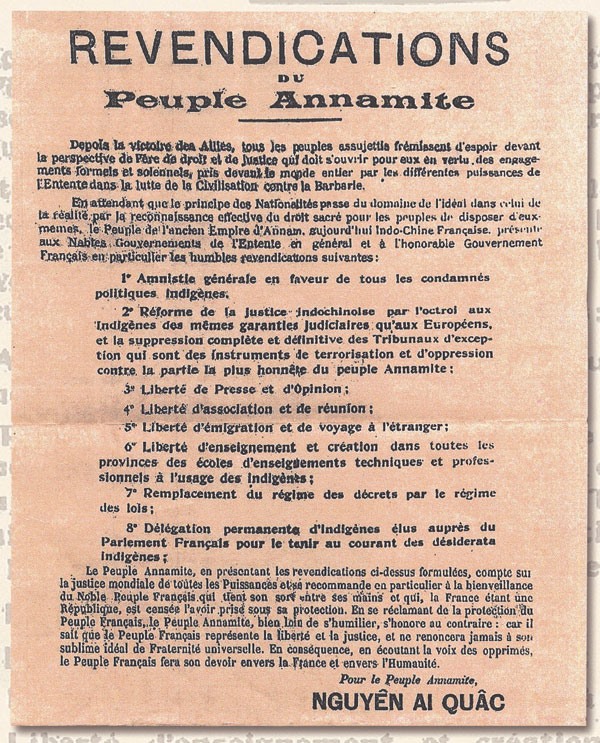
In 1919, Nguyễn Ái Quốc (“Nguyen the Patriot”) sent the eight-point petition to the leaders of the participating countries at the Versailles Peace Conference, demanding the French colonial government to give equal rights to the Vietnamese people.
Photo: Lao Động

The house at 9 Impasse Compoint, District 17, Paris where Nguyễn Ái Quốc (Ho Chi Minh) lived in 1921-1923. Photo: Media Commons

In 1920, Nguyễn Ái Quốc spoke at a meeting of the French Socialist Party to denounce the exploitation of the French colonies. Photo: Báo Mới
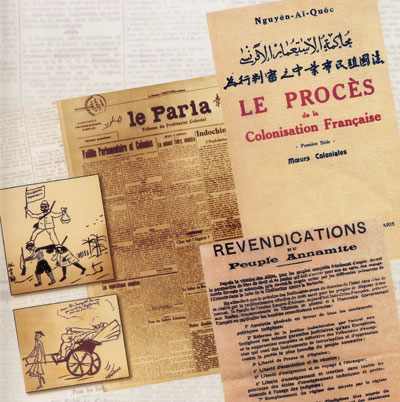
In 1922, Nguyễn Ái Quốc co-founded and directed Le Paria (The Outcast), a weekly newspaper that published articles about French colonialism.
In 1925, Nguyễn Ái Quốc established the Association for the Oppressed Peoples and published his essay, Le procès de la colonisation française (French Colonialism on Trial). Photos: Báo Mới
In 1928, his book La Race Noire (The Black Race) was published in Russian language.
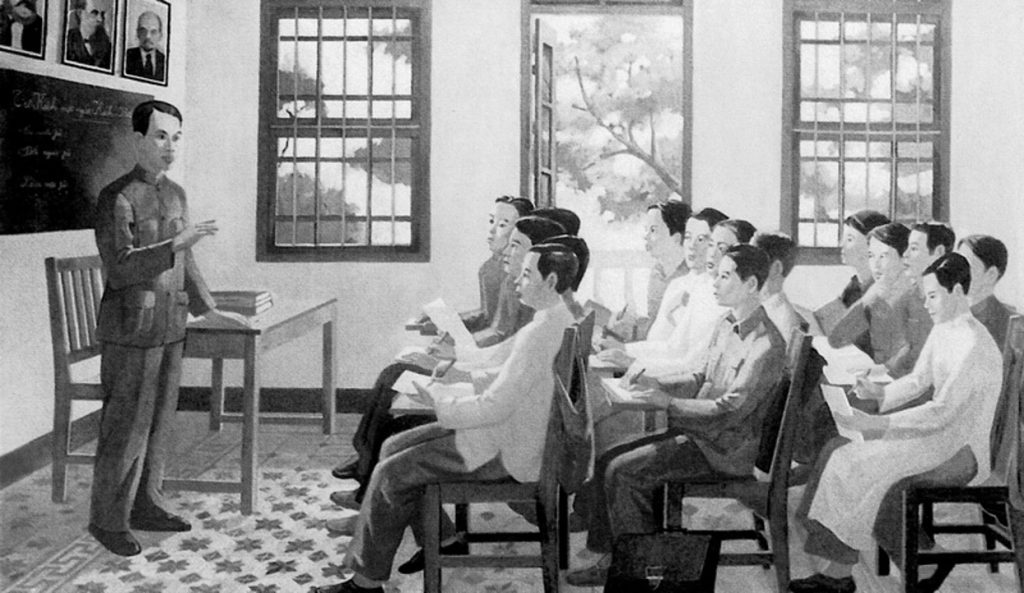
In 1927, Nguyễn Ái Quốc wrote The Road to Revolution (Đường Kách Mệnh) and provided training classes for Vietnamese revolutionaries in Guangzhou, China.
1930 – 1945

In 1930, Ho Chi Minh established the Vietnamese Communist Party (February 3) and Vietnam Women’s Union (October 20). Photo: Báo Mới
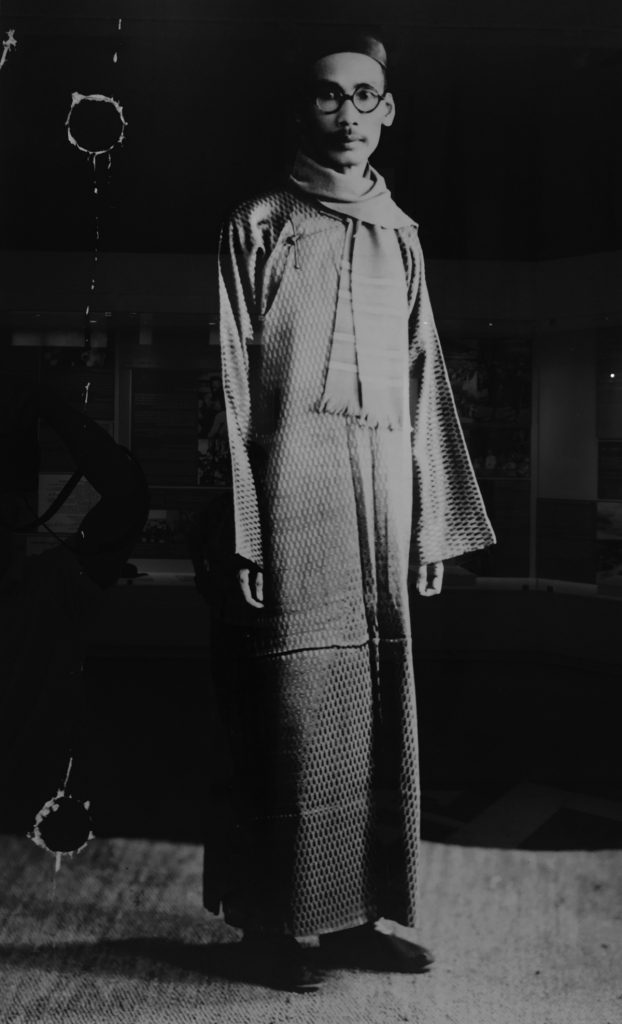
In June 1931, Ho Chi Minh was arrested in Hong Kong by Hong Kong police at France’s request; released in 1932.
Photo: Ho Chi Minh disguised as a wealthy Chinese merchant to board a ship to China to avoid attempted arrest by France, then to Vladivostok (Soviet Union) in 1933. Photo: Tin tức

In 1940, France surrendered Japan in Indochina.
On January 28, 1941, Ho Chi Minh returned to Vietnam after 30 years overseas. Photo: Báo Mới
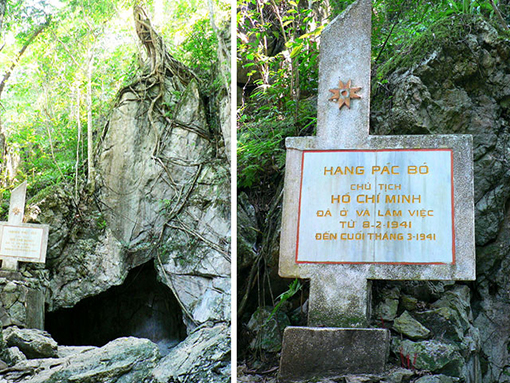
Pac Bo cave where Ho Chi Minh stayed from February 8 to end of March, 1941. Photo: Báo Mới
Visit the virtual site Pac Bo cave.
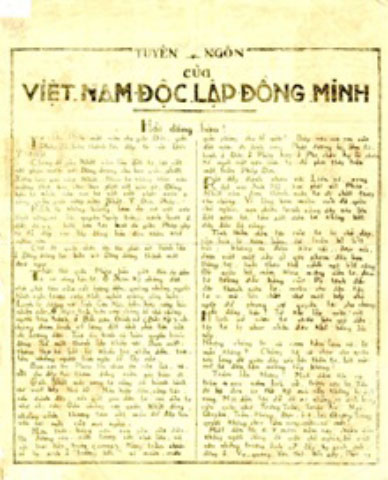
On May 19, 1941, Ho Chi Minh formed Viet Minh, Vietnam’s independence movement.
Photo: Declaration of Viet Minh, by National Museum of History
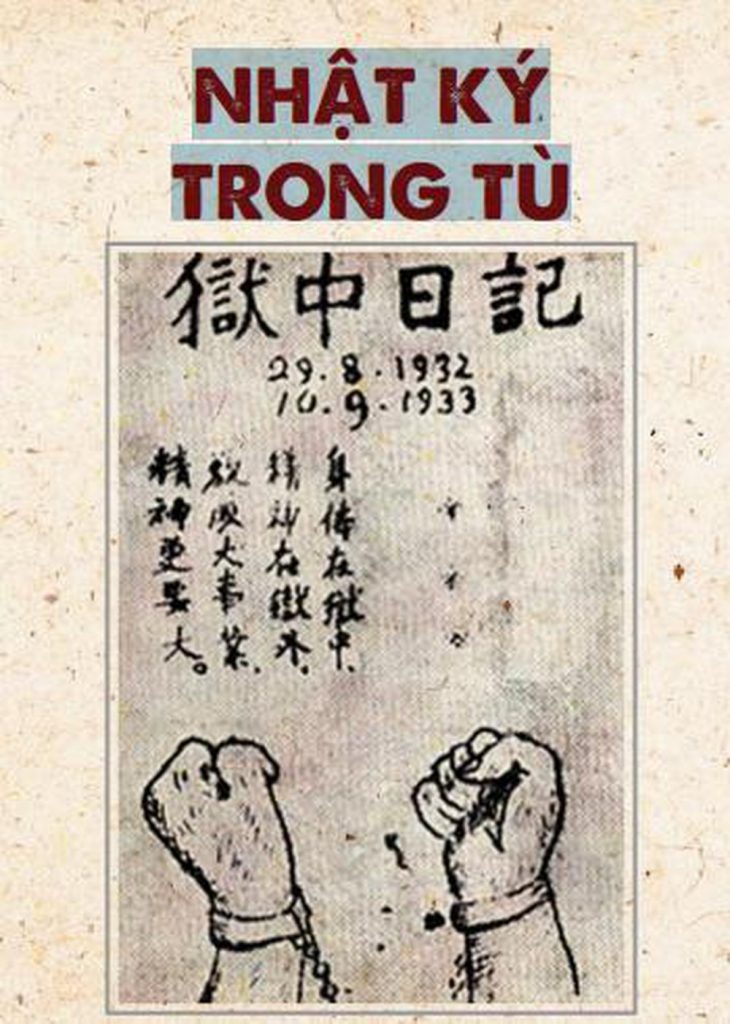
In August 1942, Ho Chi Minh crossed the border into China and was arrested by Chinese Nationalists of Chiang Kai-shek; released in September 1943. During this time, he wrote The Diary Prison Poem Collection. Photo: NXB Văn học
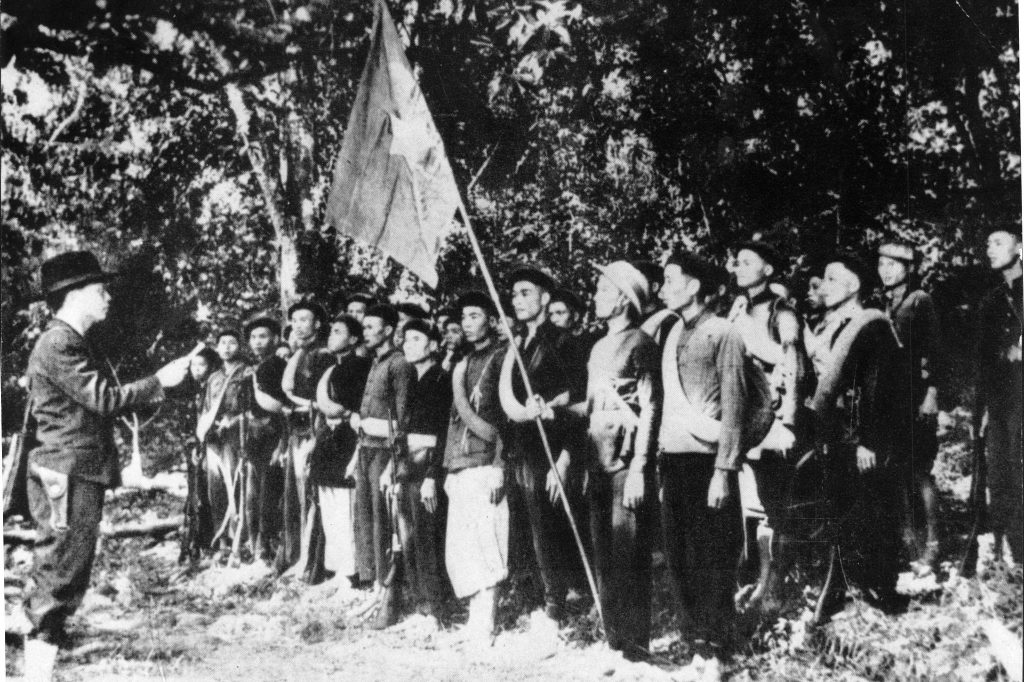
From late 1944 to early 1945, 2 million Vietnamese people died of starvation due to French and Japanese exploitation.
On December 22, 1944, Ho Chi Minh passed the instructions to establish Vietnam Propaganda Liberation Army.
Photo: Báo Mới
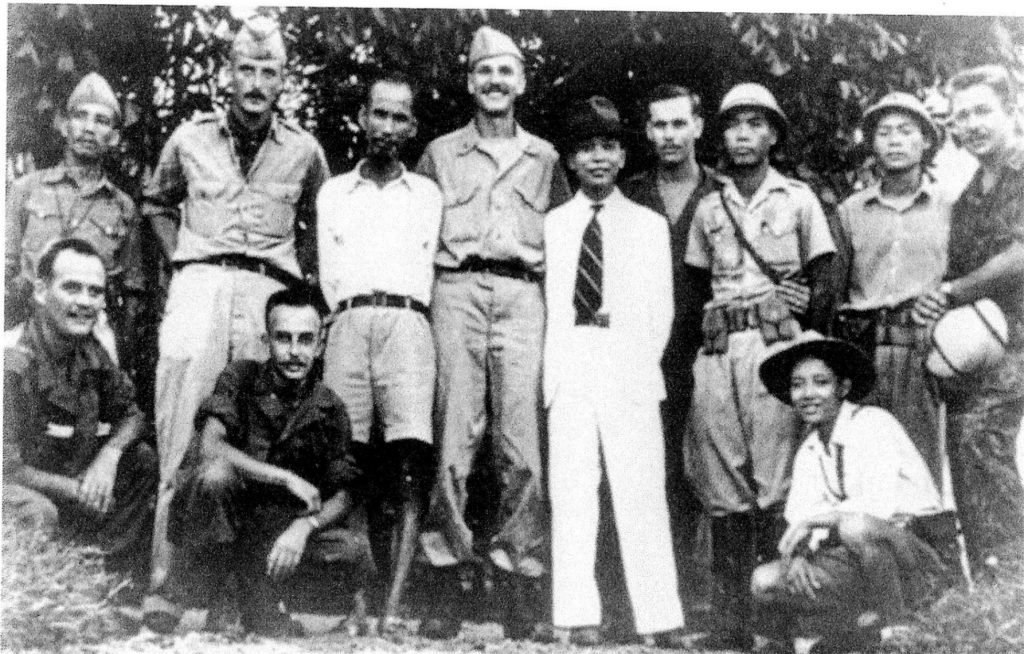
Photo taken with the United States OSS Deer Team (precursor of the CIA) in Tan Trao, August 1945. Read more: The OSS and Ho Chi Minh, University Press of Kansas. Photo: bqllang.gov.vn
Visit the virtual site Tan Trao.
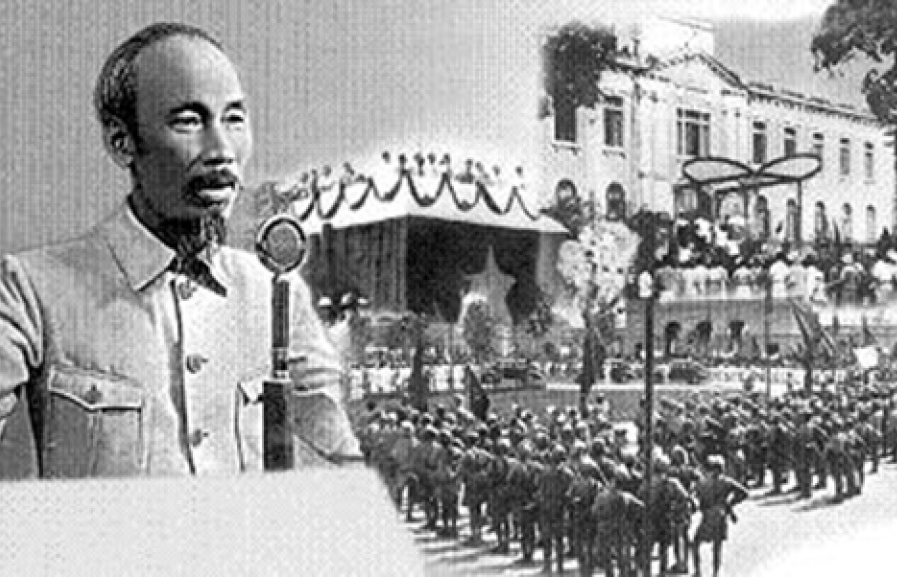
Following the successful August Revolution (August 19), overthrowing French colonialists and Japanese fascists, Ho Chi Minh read Vietnam’s declaration of independence on September 2, 1945 at the Ba Dinh Square in Ha Noi as President of the Democratic Republic of Vietnam. Photo: Báo Mới
Watch video with English subtitles.
1945 – 1954
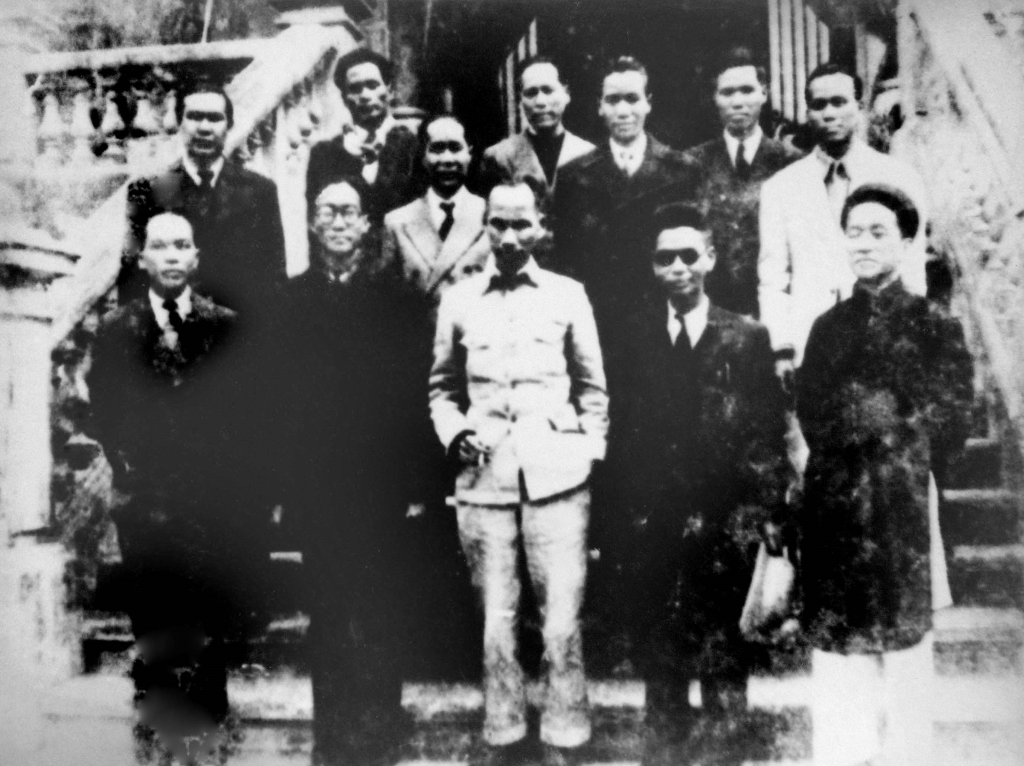
President Ho Chi Minh and the provisional government of the Democratic Republic of Vietnam in September 1945. Photo: dangcongsan.vn
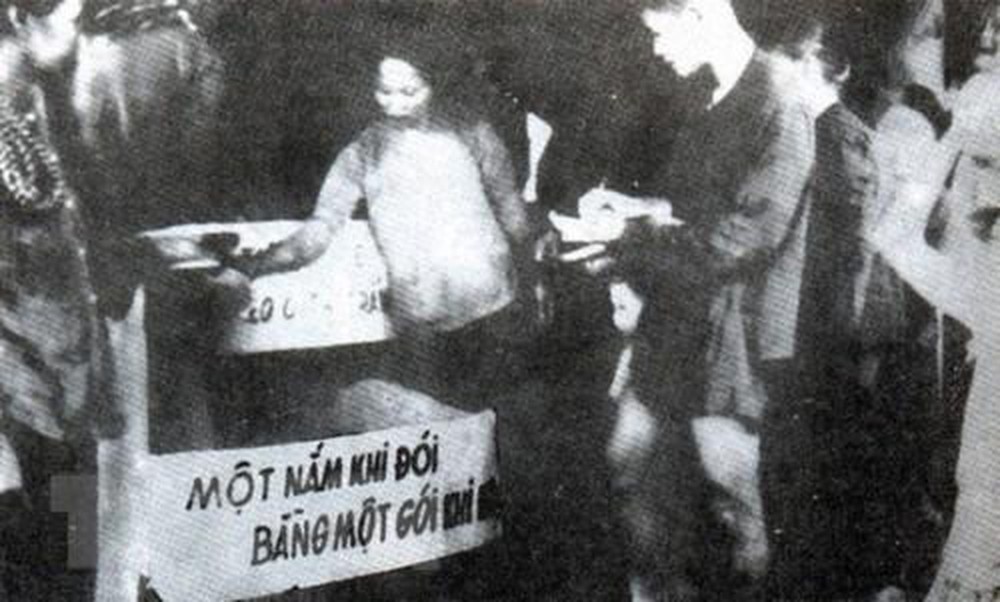
President Ho Chi Minh initiated the campaign “Eliminate hunger”, 1945.
The banner says “A small portion when hungry is as valuable as a big portion when being full.”
Photo: Báo Mới

The campaign “Eliminate illiteracy” initiated by President Ho Chi Minh in 1945 helped 2.5 million (out of 22 million) become literate in just one year.
Photo: Báo Mới
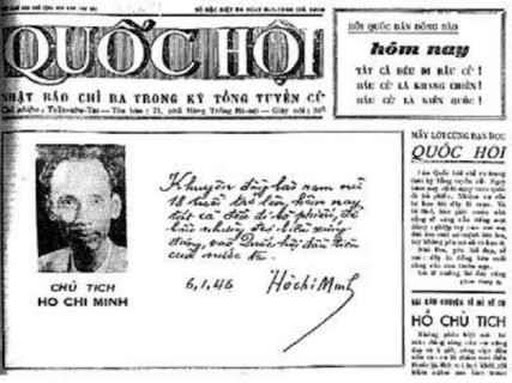
Ho Chi Minh encouraged men and women to exercise their voting right – for the first time in their lives – on January 6, 1946. Photo: bqllang.vn
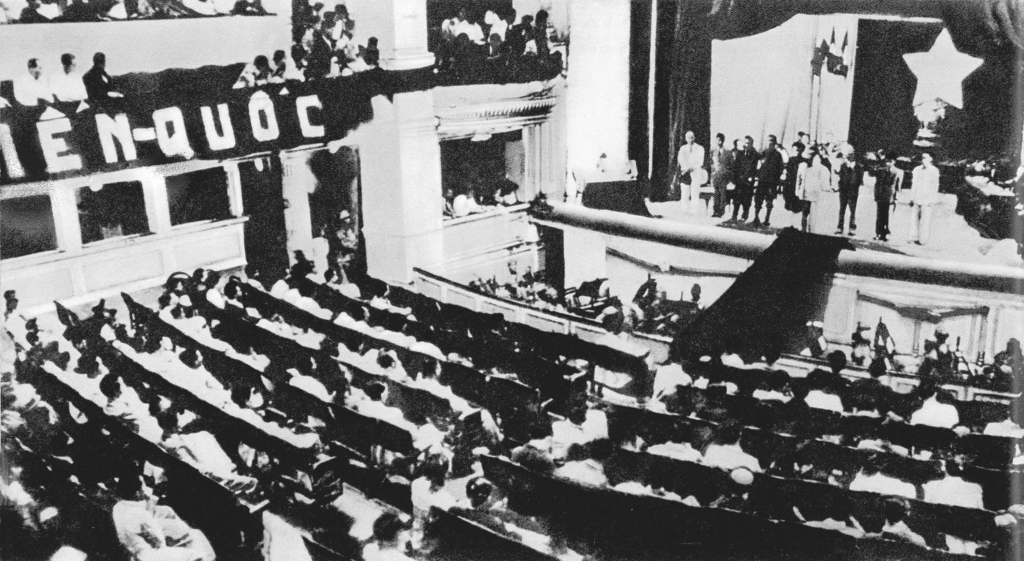
The first National Assembly following the general election on January 6, 1946. Photo: Báo Mới
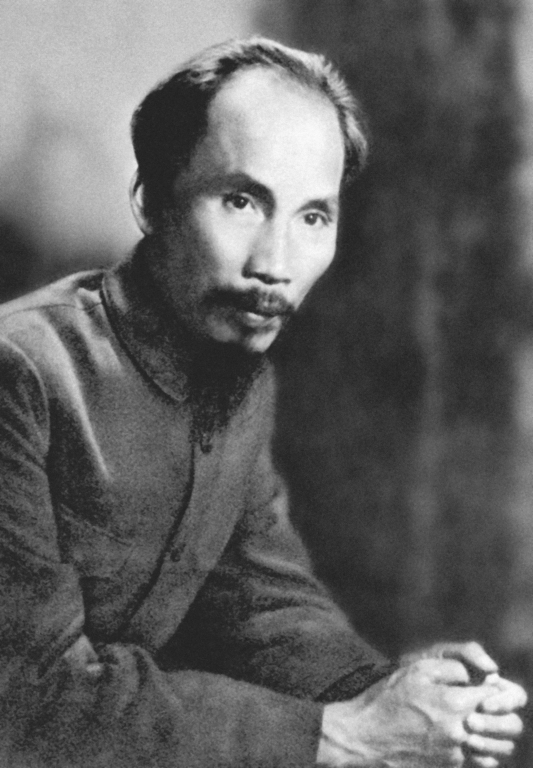
With support from the United States, France returned.
On December 19, 1946, Ho Chi Minh read the appeal to the Vietnamese people for national resistance to French recolonization. Photo: Tien Phong

The Dien Bien Phu victory in 1954
Photo: Báo Mới
France was defeated for the second time on May 7, 1954. Geneva Accords signed on July 21, 1954 temporarily dividing Vietnam at the 17th Parallel. General election to be held in 1956 to reunify Vietnam. Ho Chi Minh was expected to win the election. Source: Eisenhower’s Views on the Popularity of Ho Chi Minh. Dwight D. Eisenhower, Mandate for Change, 1953-56 (1963), p. 372.
The United States intervened in 1955.
1954 – 1969
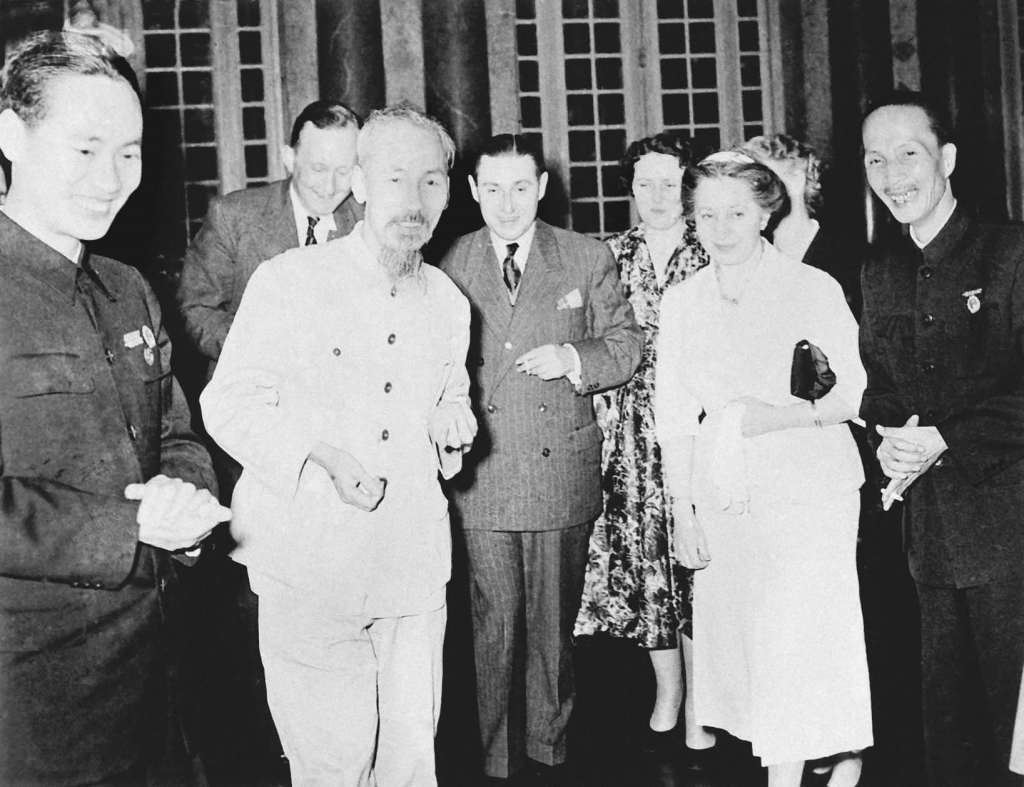
President Ho Chi Minh received the delegates of French Peace Movement on March 15, 1955. Photo: Báo Mới
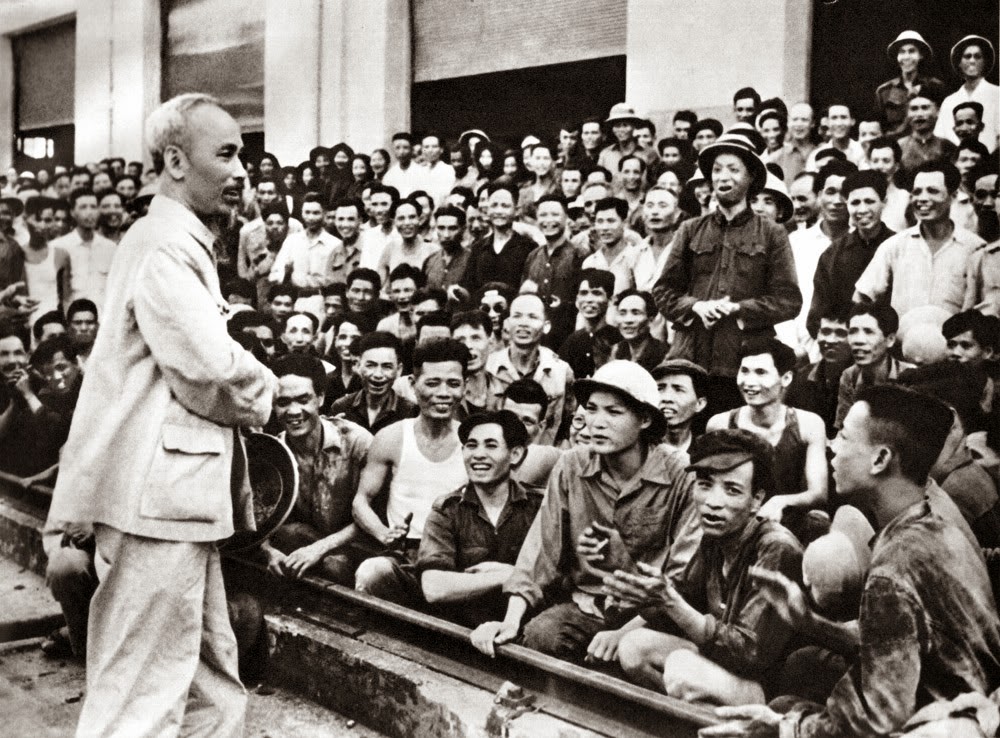
The United States intervened in South Vietnam.
On July 6, 1956, President Ho Chi Minh launched an appeal to the Vietnamese people to unite in the struggle for reunification.
Photo: President Ho Chi Minh visited workers at Gia Lam train factory in 1956, by Báo Mới
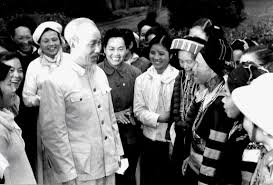
In 1959, Ho Chi Minh established the Law of Marriage and Family to protect women’s equal rights.
Photo: Báo Mới
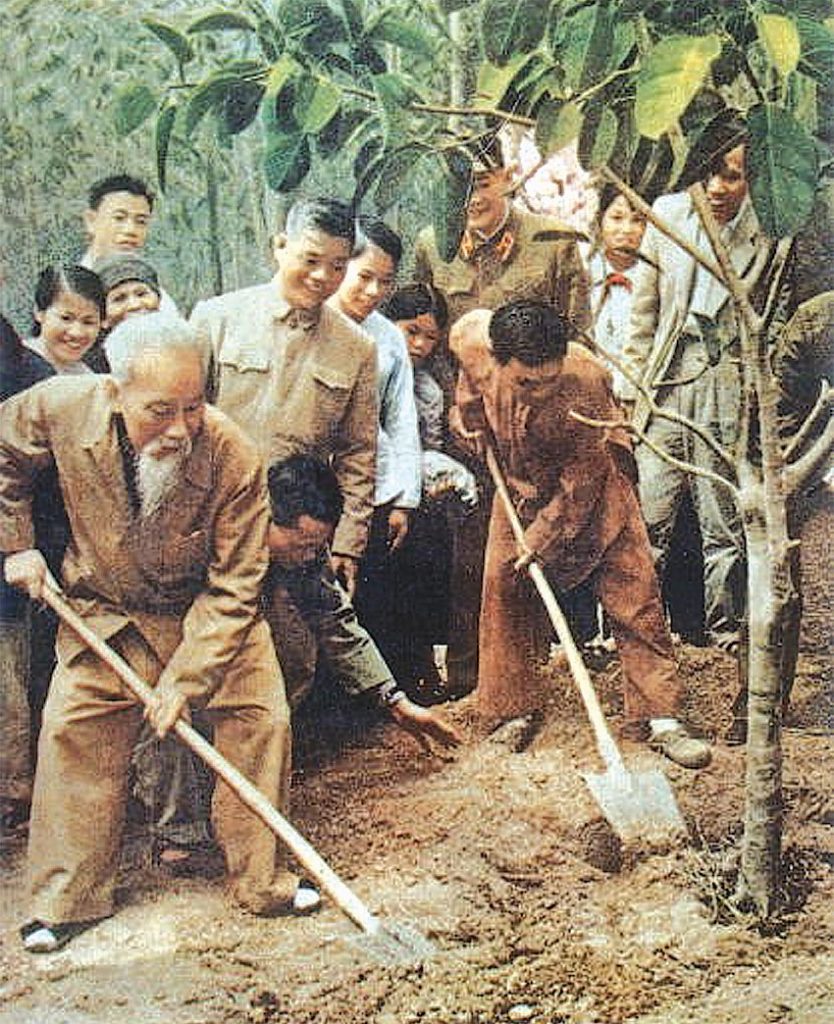
In 1960, Ho Chi Minh initiated Tree Planting New Year Festivals (Tết trồng cây), which became a people’s movement for environmental and economic benefits. Photo: Báo Mới

In 1965, the United States escalated the military intervention in Vietnam using the Gulf of Tonkin incident.
On July 17, 1966, Ho Chi Minh read the appeal to the Vietnamese compatriots and soldiers to be determined to fight imperialism. Photo: National History Museum
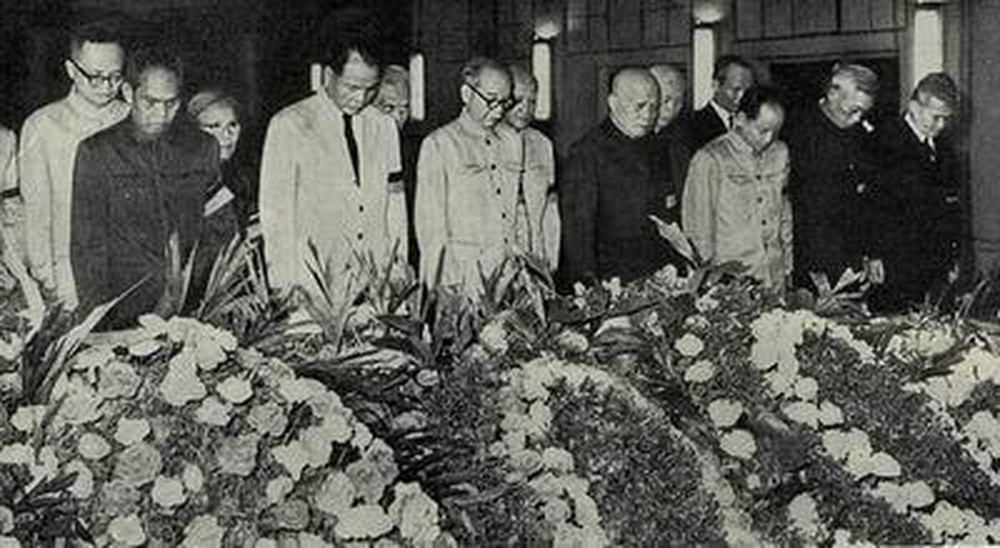
Ho Chi Minh passed away on September 2, 1969 in Ha Noi at the age of 79; national period of mourning from September 4 to 11. Photo: Báo Mới
* In 1975, North and South of Vietnam reunified, and Vietnam gained complete independence when the last American troops left.
In 1995, Vietnam and the United States normalized relations.
